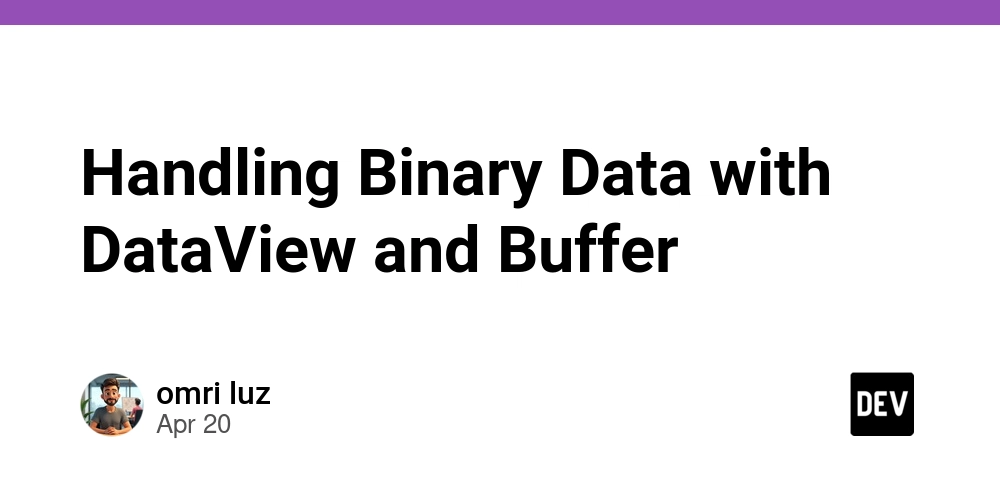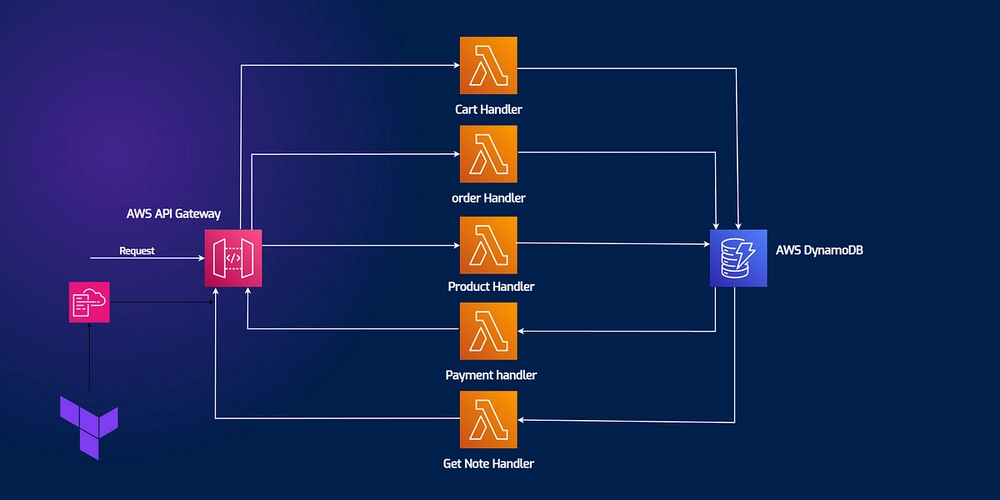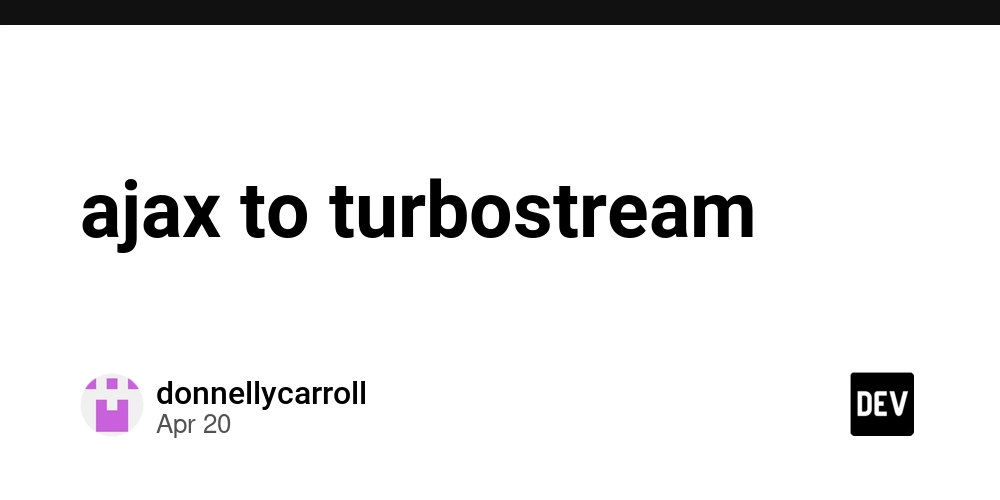Handling Binary Data with DataView and Buffer
Handling Binary Data with DataView and Buffer: An Advanced Guide Introduction In the era of modern web applications, handling binary data has become increasingly crucial. JavaScript, particularly in the context of Node.js and the browser, has evolved to support various binary formats efficiently. Among the tools that aid in managing binary data are the ArrayBuffer, DataView, and the built-in Buffer class in Node.js. In this article, we will take an exhaustive look at these constructs, providing a deep dive into their nuances, use cases, advantages, disadvantages, performance considerations, and pitfalls. Historical Context In the early days of JavaScript, binary data handling was highly limited. Web applications primarily dealt with text data due to the inherent nature of the web being document-centric. However, as web technologies matured and the demand for handling media (images, audio, video) as well as complex data structures (like WebAssembly) increased, the JavaScript language underwent significant enhancements. The introduction of ArrayBuffer and TypedArray (e.g., Uint8Array, Float32Array) in ECMAScript 2015 (ES6) allowed for the representation of raw binary data in a way that was more efficient than previous methods. Following this, the introduction of the DataView interface provided a way to read and write multiple numeric types in an ArrayBuffer without the need for a specific TypedArray. Concurrently, in the Node.js ecosystem, the Buffer class was designed to handle raw binary data with a solid API for data manipulation. What is DataView? DataView is a JavaScript object that allows for low-level access to an ArrayBuffer and provides a way to read and write different data types at any byte offset in the buffer. It supports various numeric types like Int8, Uint8, Int16, Float32, and others, allowing for a flexible way to work with binary data. Creating a DataView const buffer = new ArrayBuffer(16); // Create an ArrayBuffer of 16 bytes. const dataView = new DataView(buffer); // Creating a DataView based on the ArrayBuffer Reading and Writing with DataView You can use the methods in the DataView class for effective manipulation of binary data. // Writing data to the DataView dataView.setInt8(0, 42); // Set 8-bit signed integer at byte offset 0 dataView.setFloat32(1, 3.14); // Set 32-bit floating point number at byte offset 1 // Reading data from the DataView const number1 = dataView.getInt8(0); // Retrieve 8-bit signed integer const number2 = dataView.getFloat32(1); // Retrieve 32-bit float console.log(number1, number2); // Outputs: 42, 3.14 Complex Scenarios While basic read/write operations are straightforward, scenarios often require more nuanced handling. For instance, handling endianness (byte order) is vital when parsing binary formats that may expect data in specific orders. Handling Endianness In JavaScript, DataView methods allow you to specify endianness: dataView.setUint32(0, 1, true); // Little-endian dataView.setUint32(4, 1, false); // Big-endian Edge Cases and Advanced Implementation Techniques One of the challenging edge cases is accessing uninitialized memory in a DataView or overflow errors when manipulating data. For instance, if you write a value beyond the buffer size, it can lead to unintended behavior. Bounds Checking Always perform bounds checking before accessing the DataView: const position = 7; const value = 42; if (position + 4

Handling Binary Data with DataView and Buffer: An Advanced Guide
Introduction
In the era of modern web applications, handling binary data has become increasingly crucial. JavaScript, particularly in the context of Node.js and the browser, has evolved to support various binary formats efficiently. Among the tools that aid in managing binary data are the ArrayBuffer, DataView, and the built-in Buffer class in Node.js. In this article, we will take an exhaustive look at these constructs, providing a deep dive into their nuances, use cases, advantages, disadvantages, performance considerations, and pitfalls.
Historical Context
In the early days of JavaScript, binary data handling was highly limited. Web applications primarily dealt with text data due to the inherent nature of the web being document-centric. However, as web technologies matured and the demand for handling media (images, audio, video) as well as complex data structures (like WebAssembly) increased, the JavaScript language underwent significant enhancements.
The introduction of ArrayBuffer and TypedArray (e.g., Uint8Array, Float32Array) in ECMAScript 2015 (ES6) allowed for the representation of raw binary data in a way that was more efficient than previous methods. Following this, the introduction of the DataView interface provided a way to read and write multiple numeric types in an ArrayBuffer without the need for a specific TypedArray. Concurrently, in the Node.js ecosystem, the Buffer class was designed to handle raw binary data with a solid API for data manipulation.
What is DataView?
DataView is a JavaScript object that allows for low-level access to an ArrayBuffer and provides a way to read and write different data types at any byte offset in the buffer. It supports various numeric types like Int8, Uint8, Int16, Float32, and others, allowing for a flexible way to work with binary data.
Creating a DataView
const buffer = new ArrayBuffer(16); // Create an ArrayBuffer of 16 bytes.
const dataView = new DataView(buffer); // Creating a DataView based on the ArrayBuffer
Reading and Writing with DataView
You can use the methods in the DataView class for effective manipulation of binary data.
// Writing data to the DataView
dataView.setInt8(0, 42); // Set 8-bit signed integer at byte offset 0
dataView.setFloat32(1, 3.14); // Set 32-bit floating point number at byte offset 1
// Reading data from the DataView
const number1 = dataView.getInt8(0); // Retrieve 8-bit signed integer
const number2 = dataView.getFloat32(1); // Retrieve 32-bit float
console.log(number1, number2); // Outputs: 42, 3.14
Complex Scenarios
While basic read/write operations are straightforward, scenarios often require more nuanced handling. For instance, handling endianness (byte order) is vital when parsing binary formats that may expect data in specific orders.
Handling Endianness
In JavaScript, DataView methods allow you to specify endianness:
dataView.setUint32(0, 1, true); // Little-endian
dataView.setUint32(4, 1, false); // Big-endian
Edge Cases and Advanced Implementation Techniques
One of the challenging edge cases is accessing uninitialized memory in a DataView or overflow errors when manipulating data. For instance, if you write a value beyond the buffer size, it can lead to unintended behavior.
Bounds Checking
Always perform bounds checking before accessing the DataView:
const position = 7;
const value = 42;
if (position + 4 <= dataView.byteLength) {
dataView.setUint32(position, value);
} else {
console.error("Position out of bounds");
}
Buffer Class in Node.js
The Buffer class in Node.js is a global object that allows for the handling of raw binary data. It is designed for networking and file systems, where data is often processed in binary format.
Creating Buffers
There are multiple ways to create a buffer in Node.js:
const buf1 = Buffer.alloc(10); // Allocates a buffer of 10 bytes
const buf2 = Buffer.from('Hello World'); // Creates a buffer from a string
Buffer vs DataView
While both Buffer and DataView can manage binary data, they differ in several aspects. Buffer is tailored for byte management (especially for I/O operations in Node.js). In contrast, DataView provides a richer API for manipulating specific data types directly within an ArrayBuffer.
Reading and Writing with Buffer
Writing to and reading from a Buffer is intuitive.
const buffer = Buffer.alloc(4);
buffer.writeUInt32BE(0xFFFFFFFF, 0); // Big-endian write
console.log(buffer.readUInt32BE(0)); // Read big-endian integer
Real-World Use Cases
WebSockets: WebSocket communication often involves sending and receiving binary data. Utilizing both
ArrayBuffer/DataViewon the client andBufferon the server can ensure effective binary data handling.File I/O: Node.js applications regularly require handling of binary data for file reads and network requests. For example, processing image files or binary formats like protobuf can utilize
Buffereffectively.WebAssembly: For WebAssembly modules, binary data manipulation is critical. In this context,
DataViewandArrayBufferhandle memory efficiently.
Performance Considerations
Understanding the performance characteristics of both Buffer and DataView is crucial for large-scale applications. The following performance considerations are noteworthy:
Memory Allocation:
Buffer.alloc()is optimized for safety and cleanliness when managing memory. Conversely,Buffer.allocUnsafe()should be used when performance is more critical than security, as it avoids initialization, albeit at the risk of containing old data.Data Manipulation Speed: Operations on
DataViewmay have overhead from method calls, while operations on aBuffermay be closer to native speed, especially for bulk operations.
Optimization Strategies
Some strategies for optimizing the use of binary data include:
Batch Processing: Consolidate multiple reads and writes into a single function where possible to reduce function call overhead.
Typed Arrays: If manipulating multiple TypedArrays in conjunction with
DataView, ensure efficient buffer sizing to minimize reallocation.Memory Management: Reuse buffers or managed memory pools in high-throughput scenarios (like WebSocket servers).
Potential Pitfalls
While working with DataView and Buffer, developers may encounter several pitfalls:
Endianness Confusion: Misunderstanding endianness can lead to severe bugs when data is transferred between different systems. Always ensure the right byte order is respected when writing and reading.
Out-of-Bounds Access: Forgetting to check the bounds of the
DataVieworBuffercan lead to unexpected behavior or memory corruption, especially when dealing with networking data.Performance Bottlenecks: Not batching operations on buffers can cause performance degradation, especially in high-load applications.
Advanced Debugging Techniques
Debugging binary data can be challenging. Here are some strategies:
-
Visualize Binary Data: Convert buffers into hex strings for easier visualization, allowing you to track down data inconsistencies.
function debugBuffer(buffer) { console.log(buffer.toString('hex')); } Use Built-in Inspection Tools: Many development environments allow object inspection of buffers which can reveal issues in the byte layout or content.
Error Logging: Implement robust error logging specifically for binary manipulation functions, to catch data corruptions early.
Conclusion
Mastering the handling of binary data with DataView and Buffer in JavaScript is critical for developers looking to work in high-performance, data-driven applications. Understanding the historical context, advanced techniques, and performance considerations can empower developers to craft applications that harness the full potential of modern web technologies.
By appropriately selecting between DataView and Buffer based on your application's needs, while being mindful of the considerations and potential pitfalls discussed, you can achieve efficient and effective binary data management in JavaScript.
References
With these insights and detailed analysis, senior developers will now possess a comprehensive understanding necessary to navigate the complexities of binary data operations within JavaScript.









































































































































































![[The AI Show Episode 144]: ChatGPT’s New Memory, Shopify CEO’s Leaked “AI First” Memo, Google Cloud Next Releases, o3 and o4-mini Coming Soon & Llama 4’s Rocky Launch](https://www.marketingaiinstitute.com/hubfs/ep%20144%20cover.png)



























































































































![[DEALS] The All-in-One Microsoft Office Pro 2019 for Windows: Lifetime License + Windows 11 Pro Bundle (89% off) & Other Deals Up To 98% Off](https://www.javacodegeeks.com/wp-content/uploads/2012/12/jcg-logo.jpg)


















































































































































_Andreas_Prott_Alamy.jpg?width=1280&auto=webp&quality=80&disable=upscale#)

































































































![What features do you get with Gemini Advanced? [April 2025]](https://i0.wp.com/9to5google.com/wp-content/uploads/sites/4/2024/02/gemini-advanced-cover.jpg?resize=1200%2C628&quality=82&strip=all&ssl=1)











![Apple Shares Official Trailer for 'Long Way Home' Starring Ewan McGregor and Charley Boorman [Video]](https://www.iclarified.com/images/news/97069/97069/97069-640.jpg)
![Apple Watch Series 10 Back On Sale for $299! [Lowest Price Ever]](https://www.iclarified.com/images/news/96657/96657/96657-640.jpg)
![EU Postpones Apple App Store Fines Amid Tariff Negotiations [Report]](https://www.iclarified.com/images/news/97068/97068/97068-640.jpg)


































































































































